Home>Interior Design>Where To Start When Decluttering, According To Organizers
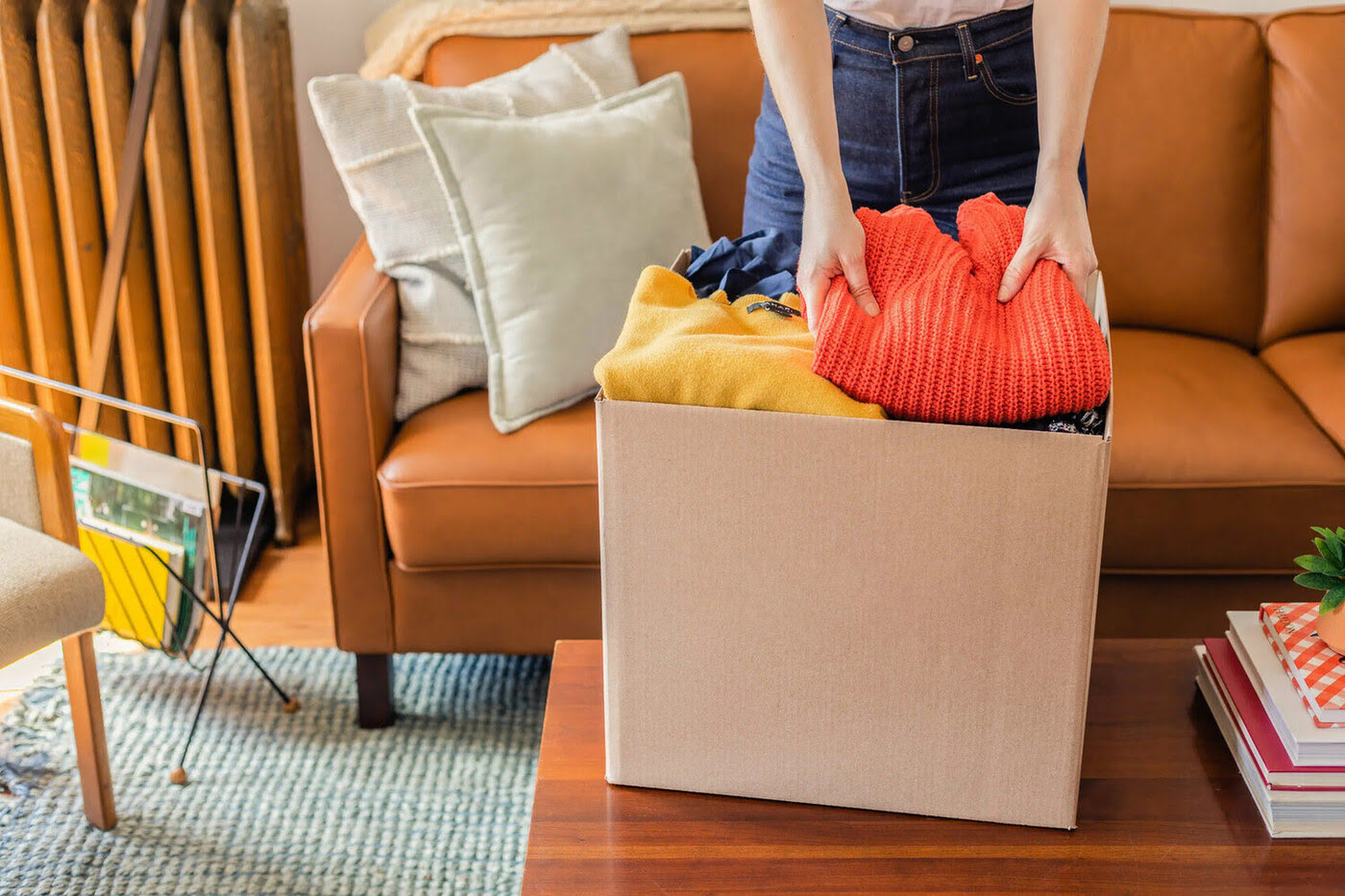

Interior Design
Where To Start When Decluttering, According To Organizers
Modified: January 24, 2024
Learn how to kickstart your decluttering journey with advice from experienced organizers. Discover step-by-step tips and expert tricks for an organized and stress-free interior design.
(Many of the links in this article redirect to a specific reviewed product. Your purchase of these products through affiliate links helps to generate commission for Storables.com, at no extra cost. Learn more)
Introduction
Decluttering your living space is not just about creating a cleaner and tidier environment; it is also a way to improve your overall well-being. A clutter-free home can help reduce stress, improve focus, and enhance productivity. But where do you start when facing a mountain of belongings?
In this article, we will explore the expert advice of professional organizers on how to begin the decluttering process. By following their tried-and-true methods and tips, you will be able to tackle even the most daunting cluttered spaces and transform them into organized and inviting areas.
Embracing a decluttering mindset is crucial before you even begin the physically demanding task of sorting and organizing. It’s essential to approach the process with an open mind and a willingness to let go of unnecessary and unused items. Remember, decluttering is not about throwing everything away; it’s about curating your belongings to create a space that reflects your true priorities and enhances your lifestyle.
Once you have embraced the decluttering mindset, the next step is to set clear goals. Take some time to envision how you want your space to look and function. Are you aiming for a minimalist design with clean lines and open spaces? Or do you prefer a cozy and eclectic style with personalized touches? Defining your goals will provide you with a roadmap to follow and help you stay focused throughout the decluttering process.
With your goals in mind, it’s time to roll up your sleeves and start sorting and categorizing your belongings. The key is to break the task down into manageable steps. Begin by identifying categories such as clothing, books, kitchenware, and sentimental items. Create separate piles or areas for each category, making it easier to assess the volume of items you have and make informed decisions about what to keep, donate, or discard.
Key Takeaways:
- Embrace the benefits of decluttering to reduce stress, improve focus, and create a tranquil environment. Set clear goals, sort and categorize items, and handle sentimental belongings with intention to transform your living space.
- Maintain a clutter-free home by adopting the “one-in, one-out” rule, practicing daily tidying, and involving the whole family in the organization process. Embrace minimalism, establish routines, and regularly reassess storage needs to create a harmonious living environment.
Read more: Where To Start To Declutter Your Home
Decluttering Mindset
Before starting the physical process of decluttering, it’s essential to cultivate the right mindset. Decluttering requires a mental shift that allows you to let go of clutter and embrace a more minimalist lifestyle. Here are some key aspects to consider when adopting a decluttering mindset:
1. Embrace the Benefits: Understand the positive impact decluttering can have on your life. A clutter-free space can reduce stress, improve focus, and create a sense of calm and tranquility. Visualize how your life will be enhanced once you declutter and simplify your environment.
2. Let Go of Guilt: It’s common to feel attached to items due to sentimental value or the belief that you may need them in the future. However, holding onto unnecessary items only adds to the clutter and hinders your ability to create an organized space. Let go of guilt by reminding yourself that the memories associated with objects can be cherished even without the physical item. Focus on the present and the future rather than holding onto the past.
3. Create a Plan: Take some time to strategize and prioritize your decluttering process. Start with one room or area at a time, breaking the task into smaller, more manageable steps. Having a plan in place helps you stay organized and motivated throughout the decluttering journey.
4. Practice Gratitude: Adopt a mindset of gratitude by appreciating the items you choose to keep in your home. By intentionally selecting and valuing the items that bring you joy or serve a purpose, you can build a space that reflects your true values and priorities.
5. Focus on Progress, Not Perfection: Decluttering is an ongoing process, and it’s important to remember that perfection is not the goal. Celebrate each small step and acknowledge the progress you’re making. The journey to a clutter-free space is a personal one, and it’s essential to be kind to yourself along the way.
6. Learn from the Experience: Use the decluttering process as an opportunity to learn about your own consumption habits. Take note of the items that accumulate unnecessarily and the emotions attached to them. By understanding these patterns, you can make more mindful choices in the future and prevent clutter from building up again.
By adopting a decluttering mindset, you will approach the organizing process with intention, focus, and a sense of purpose. Remember, it’s not just about getting rid of stuff; it’s about creating a space that supports your well-being and brings you joy and inspiration every day.
Setting Goals
Setting clear goals is a crucial step in the decluttering process. It provides direction, motivation, and a sense of purpose as you work through each area of your home. Here are some key considerations when setting goals for decluttering:
1. Define Your Vision: Start by envisioning how you want your space to look and feel once the decluttering is complete. Do you want a minimalist aesthetic with clean lines and open spaces? Or perhaps a cozy and inviting atmosphere with personal touches? Having a clear vision will guide your decision-making process and help you create a space that reflects your desired style and functionality.
2. Prioritize Areas: Assess your home and identify the areas that are causing the most clutter or causing the most frustration. Is it your bedroom, kitchen, or home office? By prioritizing the areas that require immediate attention, you can focus your efforts and make meaningful progress.
3. Break it Down: Decluttering an entire home can feel overwhelming. To make the process more manageable, break it down into smaller, bite-sized tasks. Consider tackling one room or area at a time. For example, start with your bedroom closet, then move on to the kitchen pantry, and so on. This approach allows you to see progress more quickly and prevents you from feeling overwhelmed.
4. Set Realistic Deadlines: Determine a realistic timeline for achieving your decluttering goals. Avoid setting overly ambitious or unrealistic deadlines as they may lead to frustration and discouragement. Instead, create a schedule that allows for consistent progress while also accommodating your other commitments and responsibilities.
5. Establish Clear Criteria: Define specific criteria for what you will keep, donate, or discard. Ask yourself questions like, “Do I use this item regularly?” or “Does it bring me joy?” Use these criteria as a guide to help you make decisions about each item you encounter. Having a clear set of criteria will streamline the decluttering process and make it easier to let go of unnecessary belongings.
6. Celebrate Milestones: Acknowledge and celebrate your decluttering milestones along the way. Whether it’s decluttering a specific area, reaching a certain number of items donated, or completing a room, take the time to reward yourself for the progress you’ve made. These celebrations will help you stay motivated and enthusiastic about the decluttering journey.
7. Take Before and After Photos: Document the transformation of your space by taking before and after photos. This visual representation of progress can be incredibly motivating and serve as a reminder of how far you’ve come. It’s also a great way to inspire others who may be embarking on their own decluttering journey.
Remember, setting goals for decluttering is about creating a space that aligns with your vision and reduces stress. By following these guidelines and adapting them to your specific needs, you will regain control over your living space and create an environment that brings you joy and peace of mind.
Sorting and Categorizing
When it comes to decluttering, sorting and categorizing your belongings is a critical step that helps you make informed decisions about what to keep, donate, or discard. By following these tips for sorting and categorizing, you can streamline the decluttering process and create a more organized and functional space:
1. Start with a Clear Space: Begin by clearing a designated area, such as a table or floor, where you can sort your belongings. Having a dedicated space will help you visually assess the volume of items you have and make it easier to categorize them.
2. Create Categories: Identify broad categories that apply to the items you’re decluttering. Common categories include clothing, books, electronic devices, kitchenware, and sentimental items. Keep in mind that the categories may vary depending on your specific belongings and the areas you’re decluttering.
3. Sort by Like Items: Within each category, sort the items into subcategories based on their function, type, or usage. For example, in the clothing category, you may create subcategories for tops, bottoms, dresses, and accessories. This step makes it easier to see the quantity of items you have and evaluate which ones you truly need or love.
4. Use Piles or Containers: Create separate piles or use containers to hold each category or subcategory. This physical separation allows you to visually assess the amount of each item and make decisions based on your priorities and available space.
5. Assess Each Item: Pick up each item and assess its value, usefulness, and emotional attachment. Ask yourself questions like, “Do I use this regularly?” or “Does this item still bring me joy?” Be honest with yourself and avoid holding onto items out of guilt or obligation.
6. Make Decisions: Once you’ve sorted and assessed your belongings, it’s time to make decisions about what to keep, donate, or discard. Consider donating items that are in good condition but no longer serve a purpose for you. Discard items that are broken, damaged, or beyond repair. Only keep items that are useful, bring you joy, or have sentimental value.
7. Organize as You Go: As you declutter and make decisions about each item, take the opportunity to organize and store them in a way that is both functional and visually pleasing. Utilize storage solutions like bins, shelves, and drawer dividers to create designated spaces for your belongings.
8. Revisit Over Time: It’s important to acknowledge that decluttering is an ongoing process. As you continue to live and acquire new items, periodically revisit your organization systems to ensure they are still working effectively. Make adjustments as needed to maintain an organized and clutter-free space.
Remember, the goal of sorting and categorizing is to create a more organized and efficient living space. By implementing these strategies, you will have a clearer understanding of your belongings and be better equipped to declutter with intention and purpose.
Decluttering Room by Room
One effective approach to decluttering is to tackle your home one room at a time. Breaking down the process into specific areas allows you to focus your efforts and see visible progress. Here are some tips for decluttering room by room:
1. Start with a Plan: Before diving into the decluttering process, create a plan of action for each room. Assess the overall condition of the space, identify the key areas that need attention, and set a realistic timeline for completing the task.
2. Gather Supplies: Before you begin, gather the necessary supplies such as bins, garbage bags, cleaning products, and labels. Having all the tools you need within reach will help you stay organized and maintain momentum throughout the decluttering process.
3. Clear the Clutter: Begin decluttering by removing any obvious clutter from the room. This includes items that are out of place, trash, or anything that doesn’t belong in that particular space. Creating an initial sense of order will make it easier to focus on the remaining belongings.
4. Assess Each Item: As you work through the room, assess each item and determine whether it is essential, useful, or brings you joy. If you haven’t used or appreciated an item in the past year, consider letting it go. Be selective and only keep items that are truly meaningful and enhance your life.
5. Sort and Categorize: Create designated areas within the room to sort and categorize your belongings. Use bins or boxes to separate items into categories such as keep, donate, sell, or discard. Having clear boundaries for each category will make the decision-making process more efficient.
6. Clear Surfaces: Focus on decluttering surfaces like countertops, tables, and shelves. Remove any unnecessary items and only display those that are functional or bring you joy. Clearing surfaces not only creates a visually pleasing space but also makes cleaning and organizing easier in the future.
7. Organize Storage Spaces: Don’t forget to declutter and organize storage spaces within the room, such as closets, cabinets, and drawers. Assess each item within these spaces and consider implementing storage solutions like dividers, bins, or shelves to maximize space and maintain organization.
8. Clean and Refresh: Once you have decluttered and organized the room, give it a thorough cleaning. Dust surfaces, vacuum or mop floors, and freshen up any fabrics or upholstery. A clean and refreshed room will not only look better but also provide a sense of accomplishment and tranquility.
9. Maintain Your Progress: After decluttering a room, establish new habits and systems to maintain a clutter-free space. Regularly assess and purge items, avoid unnecessary purchases, and designate specific spaces for new belongings. By practicing mindful consumption and organization, you can prevent future clutter accumulation.
Remember, decluttering room by room allows you to focus your attention and energy on one area at a time, making the process more manageable and less overwhelming. By following these strategies, you will transform your home into a space that is both functional and visually appealing.
Start with a small, manageable area like a drawer or a closet. Sort items into keep, donate, and discard piles. Then, create a system to maintain organization.
Handling Sentimental Items
Decluttering can become particularly challenging when it comes to dealing with sentimental items. These are the belongings that hold a special meaning or evoke memories, making it difficult to let go. However, with mindful consideration and these tips, you can navigate the process of handling sentimental items:
1. Set Priorities: Begin by establishing your priorities and understanding which sentimental items truly hold the most value to you. Identify the items that evoke the strongest emotions or represent significant milestones or relationships in your life.
2. Assess the Space: Consider the available space in your home and how much space you are willing to allocate for storing sentimental items. This will help you make decisions about how many items you can realistically keep without compromising the overall functionality and organization of your living space.
3. Select Carefully: Be selective about the sentimental items you choose to keep. Focus on those that truly bring you joy and hold the most profound sentimental value. Keep in mind that it’s the memories associated with the item that matter, not necessarily the physical object itself.
4. Digitize Memories: In an increasingly digital world, consider digitizing sentimental items such as photographs, letters, or artwork. Scan or take high-quality photographs of these items to preserve the memories while minimizing physical clutter. Digital files can be stored on external drives or cloud storage platforms for easy access.
5. Create a Display or Shrine: Instead of keeping sentimental items stored away, consider creating a designated display or shrine. This can be a small area in your home where you showcase a selection of your most cherished sentimental items. This way, you can enjoy and appreciate them regularly without overwhelming your space.
6. Repurpose or Incorporate Sentimental Items: Explore ways to repurpose or incorporate sentimental items into your daily life. For example, you could frame a meaningful piece of fabric or turn sentimental items into functional decor, such as using a vintage teacup as a plant holder. This allows you to integrate sentimental items into your space in a purposeful and meaningful way.
7. Preserve Legacy Items: Consider passing down sentimental items to family members or loved ones who will appreciate and cherish them. This ensures that the sentimental value of these items is preserved and shared with future generations. Make a plan for how these items will be passed on and communicate your intentions with family members.
8. Seek Closure: Sometimes, holding onto sentimental items can be a way of holding onto the past. Consider finding alternative ways to find closure and honor memories, such as writing in a journal, creating a memory box, or participating in a meaningful ritual. Remember that the memories themselves are what truly matter, and letting go of physical items does not diminish their significance.
Handling sentimental items requires a delicate balance between preserving memories and maintaining an organized living space. By approaching this process with intention, you can make thoughtful decisions that allow you to cherish and honor your sentimental items while decluttering and creating a space that aligns with your current needs and priorities.
Letting Go of Guilt
One of the biggest challenges when decluttering is letting go of items we feel guilty about getting rid of. Whether it’s gifts from loved ones, sentimental objects, or things we feel we “should” keep, guilt can hinder the decluttering process. Here are some strategies to help you let go of guilt and make more informed decisions:
1. Shift Your Perspective: Recognize that keeping items out of guilt does not serve you or the items themselves. Consider the true purpose of decluttering – creating a home that reflects your values, priorities, and space needs. Letting go of guilt allows you to curate your surroundings based on what truly brings you joy and supports your well-being.
2. Focus on the Present and Future: Acknowledge that your living space should be a reflection of your current life, not simply a storage space for the past. Embrace the idea of making room for new experiences, opportunities, and memories by letting go of items that no longer serve a purpose or bring you happiness.
3. Remember the Essence: Often, the sentimental value of an item does not lie in the object itself but rather in the memories and emotions associated with it. Consider whether you can preserve the essence or significance of the item through photographs, journaling, or other means, instead of holding onto the physical item.
4. Express Gratitude: Express gratitude for the items that have served their purpose in your life, even if it’s time to let go of them. Recognize the joy, memories, or lessons they have brought you and release them with appreciation. This shift in mindset can help alleviate guilt and cultivate a sense of gratitude for the experiences tied to those items.
5. Pass on the Joy: Instead of keeping items out of guilt, consider passing them on to someone else who may find joy or use in them. Donating or gifting an item allows it to serve a new purpose and brings happiness to someone else, creating a positive ripple effect.
6. Create a Legacy Plan: If you have sentimental items that you cherish but no longer have space for, create a legacy plan. Identify family members or loved ones who would appreciate and benefit from inheriting these items, and communicate your intentions with them. Knowing your cherished possessions will go to a deserving home can alleviate guilt and provide peace of mind.
7. Let Go Gradually: If the thought of decluttering feels overwhelming, consider taking small steps towards letting go of guilt. Start with less emotionally charged items and gradually progress to more sentimental ones. Each small victory will build confidence and make it easier to release items that hold deeper emotional attachments.
8. Practice Self-Compassion: Be kind to yourself throughout the decluttering process. It’s natural to feel a mix of emotions when letting go of possessions tied to memories and relationships. Give yourself permission to feel those emotions, and remind yourself that you are creating a space that supports your well-being and personal growth.
Remember, decluttering is not about erasing the past or disregarding its significance. It’s about creating a space that aligns with your present and future. By letting go of guilt, you can make intentional decisions, create an organized environment, and make room for new experiences and a refreshed mindset.
Organizing and Storage Solutions
Once you have decluttered your space, the next step is to organize the items you’ve chosen to keep. Effective organization and storage solutions are essential for maintaining an orderly, clutter-free home. Here are some tips and ideas for organizing and storing your belongings:
1. Assess Your Storage Needs: Take stock of the items you have and evaluate your storage requirements. Consider factors such as the quantity of items, their sizes, and any specific storage needs they may have (e.g., delicate items, seasonal items, etc.). This assessment will help determine the types of storage solutions that will work best for you.
2. Utilize Vertical Space: Maximize storage by utilizing vertical space. Install shelves or floating wall-mounted units to display and store items such as books, decor, or collectibles. Use hooks or pegboards to hang items like coats, hats, or tools. Making use of vertical space not only adds storage but also helps to declutter surfaces.
3. Invest in Cabinets and Shelving Units: Cabinets and shelving units can effectively store and organize a wide range of items. Use them in areas like the kitchen, garage, or bedroom, where you need to house items while keeping them easily accessible. Opt for adjustable shelving to accommodate different item sizes and configurations.
4. Clear Storage Containers: Clear plastic storage containers are excellent for organizing and storing items. They allow you to easily see what’s inside without having to open each container. Label or color-code containers to further enhance organization and make it easier to locate specific items when needed.
5. Drawer Dividers and Inserts: Use drawer dividers or inserts to keep drawers organized and prevent items from becoming jumbled. These small tools are particularly useful in the kitchen, bathroom, or office, where you may have various smaller items that need their own designated space.
6. Baskets and Bins: Baskets and bins are not only functional but also add a touch of style to your decor. Use them to contain items in living rooms, bedrooms, or bathrooms. Woven baskets or fabric bins work well for storing blankets, toys, or toiletries, while stackable plastic bins can be used for organizing in basements or closets.
7. Over-the-Door Storage: Take advantage of the space behind doors by utilizing over-the-door storage solutions. These can be used for shoes, accessories, cleaning supplies, or pantry items. Over-the-door hooks or pocket organizers provide additional storage without taking up valuable floor or wall space.
8. Under-Bed Storage: Make use of the often-underutilized space under your bed by investing in under-bed storage containers or organizers. Store out-of-season clothing, linens, or bulky items in these containers to free up space in your closets and drawers.
9. Functional Furniture: Choose furniture pieces that offer built-in storage, such as ottomans or coffee tables with hidden compartments, or bed frames with drawers underneath. This allows you to maximize storage while keeping your living space organized and free from clutter.
10. Regular Maintenance: Once you have established an organizational system, make it a habit to regularly maintain and declutter your storage areas. Schedule periodic reviews to reassess items and purge anything you no longer need or use. This practice will help prevent clutter from accumulating and ensure your storage solutions remain effective.
Remember, organizing and storage solutions should be tailored to your specific needs and lifestyle. Experiment with different methods and systems to find what works best for you. With a well-thought-out organizational strategy in place, you can maintain a clutter-free, organized, and stress-free living environment.
Maintaining a Clutter-Free Space
After decluttering and organizing your home, the key to a clutter-free space lies in establishing and maintaining good habits. Here are some practical tips to help you maintain an organized and clutter-free living environment:
1. One-In, One-Out Rule: Adopt the “one-in, one-out” rule for bringing new items into your home. For every new item you acquire, commit to removing an equivalent item. This approach ensures that your possessions remain balanced and prevents clutter from accumulating.
2. Daily Tidying: Dedicate a few minutes each day to tidying up. Put items back in their designated places, clear surfaces, and address any messes or clutter that may have accumulated throughout the day. By staying on top of small cleaning tasks, you can prevent clutter from piling up and maintain a clean and organized space.
3. Regular Decluttering Sessions: Schedule regular decluttering sessions to reassess your belongings and identify items that are no longer needed or used. Set reminders on your calendar to periodically review different areas or categories in your home, ensuring that unnecessary items are promptly identified and removed.
4. Find Homes for Everything: Each item in your home should have a designated spot. Make sure every item has a clear, logical place where it belongs when not in use. Return items to their designated spots after use to prevent them from becoming clutter and make it easier to find them when needed.
5. Practice Mindful Consumption: Be intentional with your purchases and avoid impulsive buying. Before making a purchase, consider whether the item is truly necessary or aligns with your values and goals. By practicing mindful consumption, you can prevent unnecessary items from entering your home and contributing to clutter.
6. Streamline Paperwork: Paper clutter is a common problem in many households. Implement systems for managing and organizing paperwork, such as setting up a filing system for important documents and reducing unnecessary paperwork through digital alternatives. Shred or recycle documents you no longer need to prevent paper clutter from accumulating.
7. Create Routines: Establish routines that support an organized environment. This can include habits such as putting away items before bed, doing a quick tidying session before leaving the house, or scheduling regular cleaning and decluttering tasks. Consistency is key to maintaining a clutter-free space.
8. Involve the Whole Family: If you share your home with others, involve your family members in the effort to maintain a clutter-free space. Teach children and other household members the importance of organization and enlist their help in keeping things tidy. By working together as a team, you can create a harmonious and clutter-free living space.
9. Evaluate New Storage Needs: As your needs change over time, periodically evaluate your storage solutions to ensure they are still serving you effectively. Adjust and adapt your organization systems as necessary to accommodate any new additions or changes in your lifestyle.
10. Embrace Minimalism: Embracing a minimalist mindset can greatly help in maintaining a clutter-free space. Focus on quality over quantity and surround yourself with only items that you truly need, use, and love. Regularly revisit your belongings and be willing to let go of items that no longer serve you.
Remember, maintaining a clutter-free space is an ongoing process that requires consistent effort and dedication. By incorporating these tips into your daily routines and mindset, you can enjoy a clean, organized, and stress-free living environment.
Conclusion
Decluttering and organizing your living space is not only about creating a clean and tidy environment but also cultivating a sense of peace, tranquility, and functionality. By following the expert advice and strategies outlined in this article, you can embark on a successful decluttering journey and transform your home into a space that reflects your true values and priorities.
It all starts with adopting the right mindset – one that embraces the benefits of decluttering and acknowledges the value of letting go of unnecessary items. Setting clear goals, breaking down the process into manageable steps, and sorting and categorizing items are essential techniques to ensure an organized and efficient decluttering process.
Handling sentimental items can be emotionally challenging, but by focusing on the true essence of the memories associated with those items and finding alternative ways to honor and preserve them, you can navigate the process with greater ease.
As you organize and store your belongings, remember to consider your specific storage needs and make use of vertical space, clear containers, dividers, and functional furniture. These solutions will help you maintain an organized and clutter-free home.
But decluttering doesn’t end with the physical process. It is important to develop habits that support the maintenance of a clutter-free space. Implement daily tidying routines, practice mindful consumption, involve your family in the process, and regularly reassess and declutter to prevent clutter from re-accumulating.
Incorporating these strategies into your lifestyle will enable you to create a balanced and harmonious living environment. Remember, decluttering is a personal journey, and it’s important to be patient and kind to yourself throughout the process. Enjoy the transformation as you create a space that supports your well-being, enhances productivity, and brings you joy every day.
Frequently Asked Questions about Where To Start When Decluttering, According To Organizers
Was this page helpful?
At Storables.com, we guarantee accurate and reliable information. Our content, validated by Expert Board Contributors, is crafted following stringent Editorial Policies. We're committed to providing you with well-researched, expert-backed insights for all your informational needs.
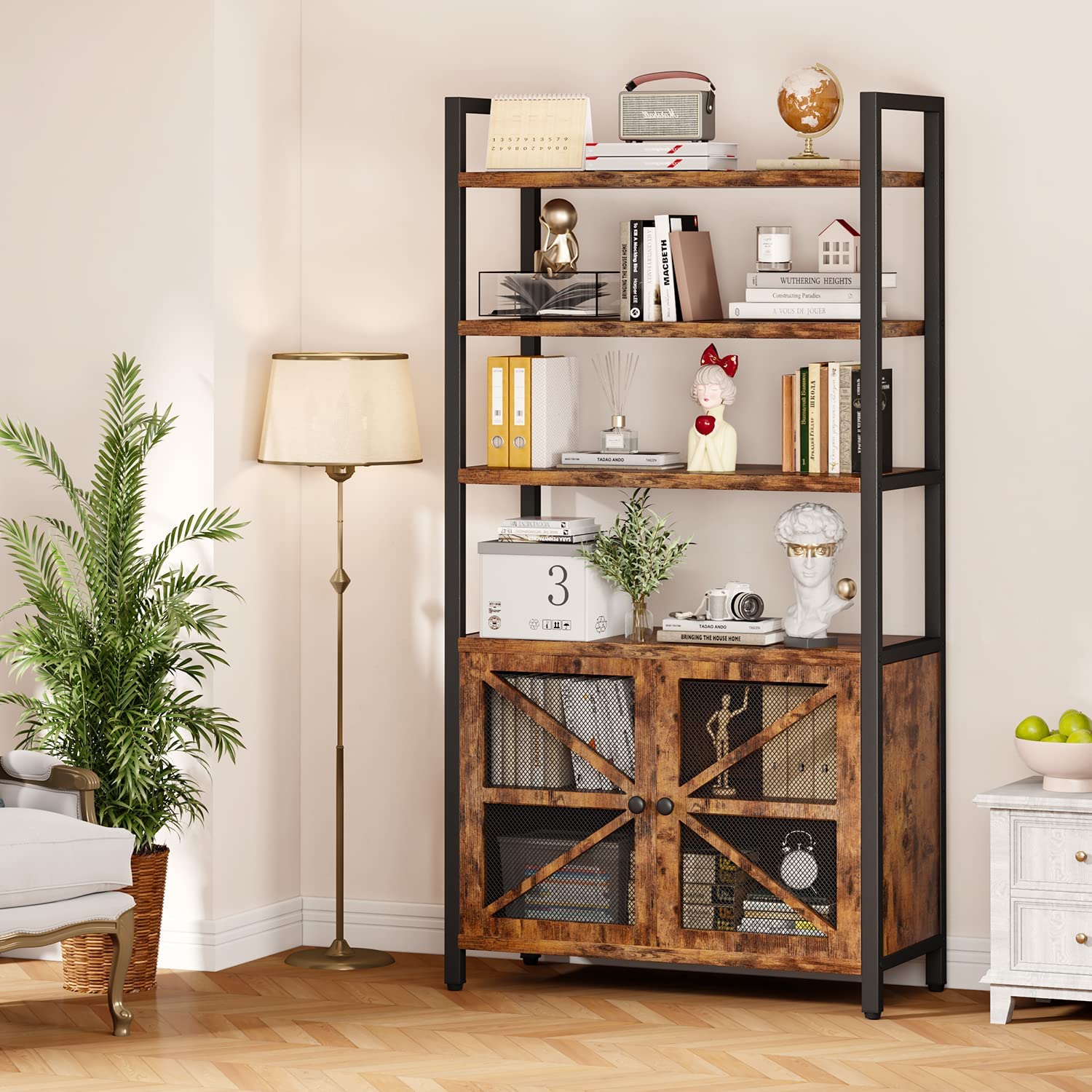
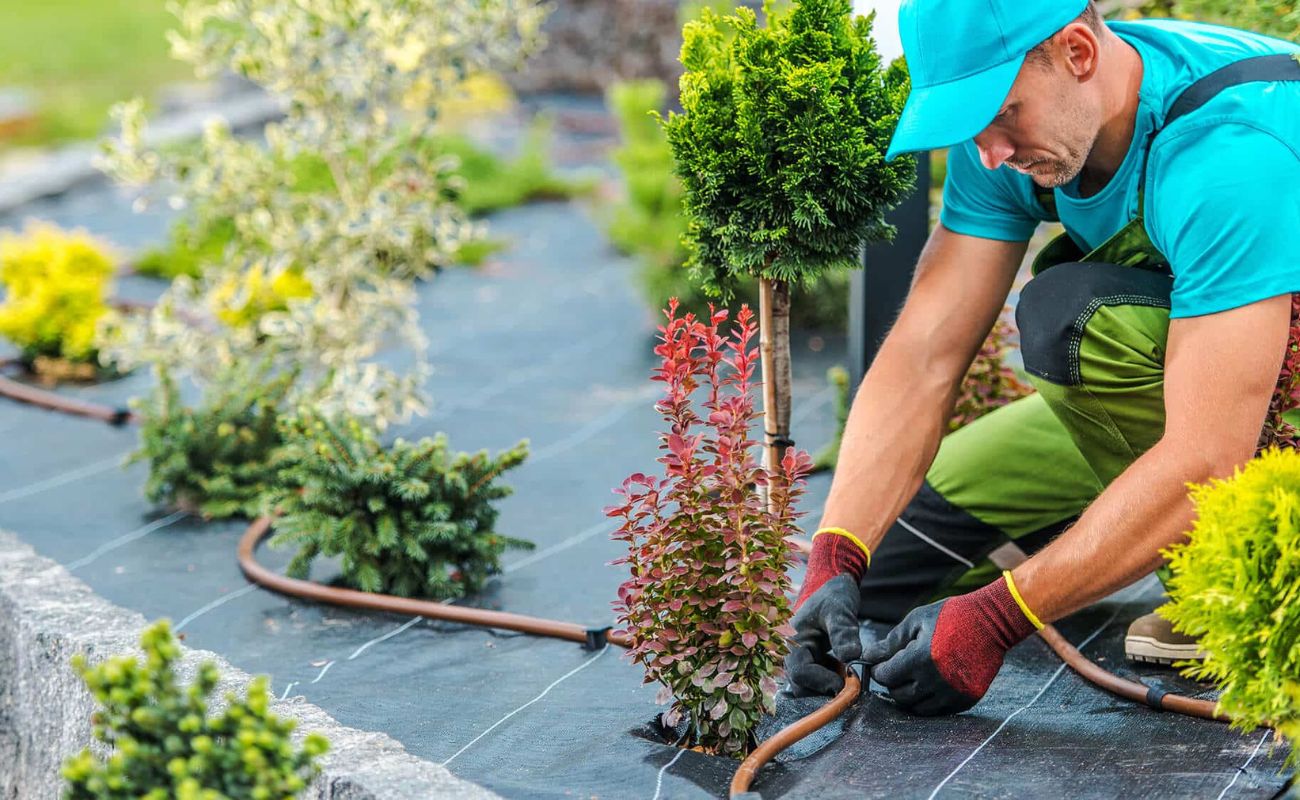
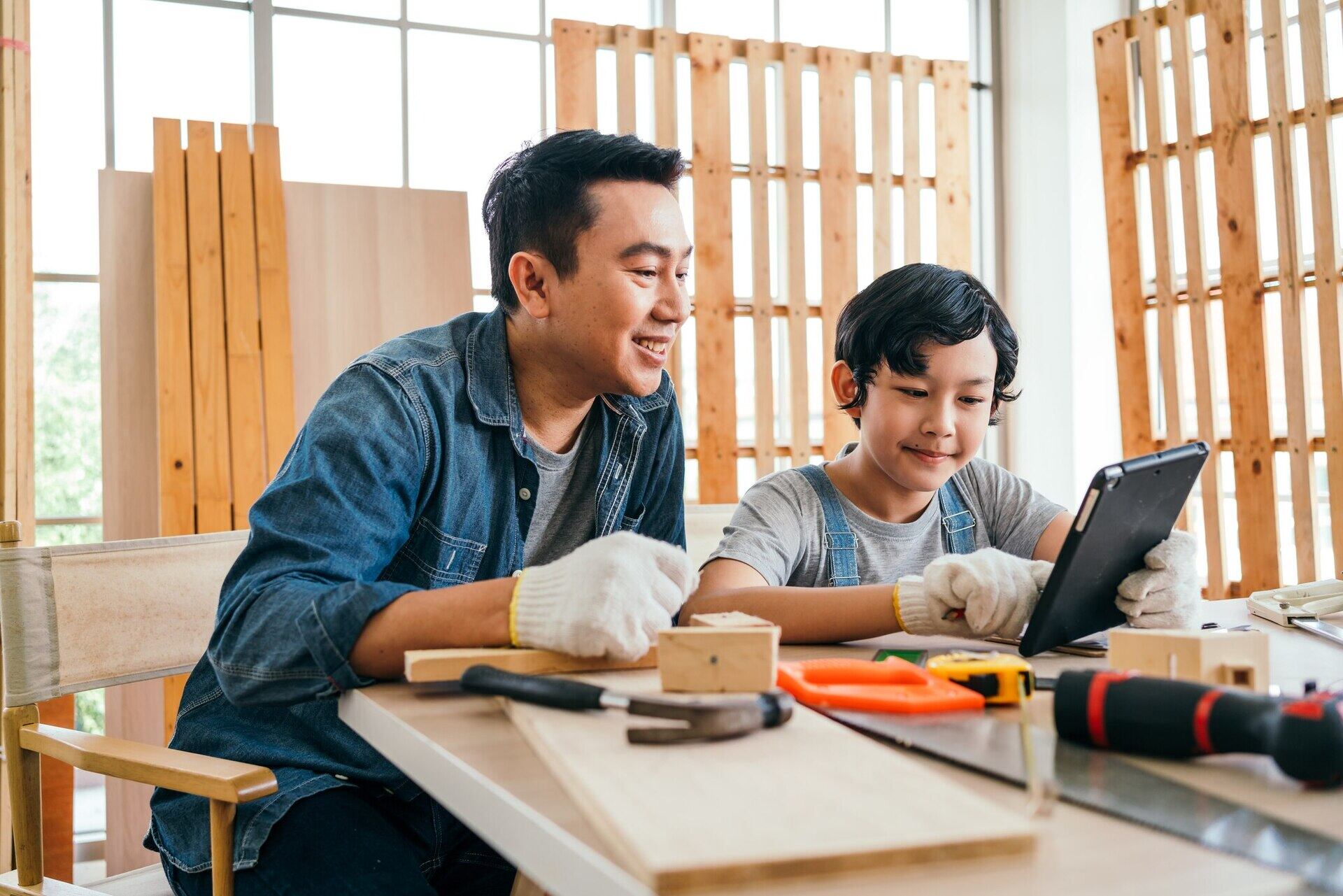
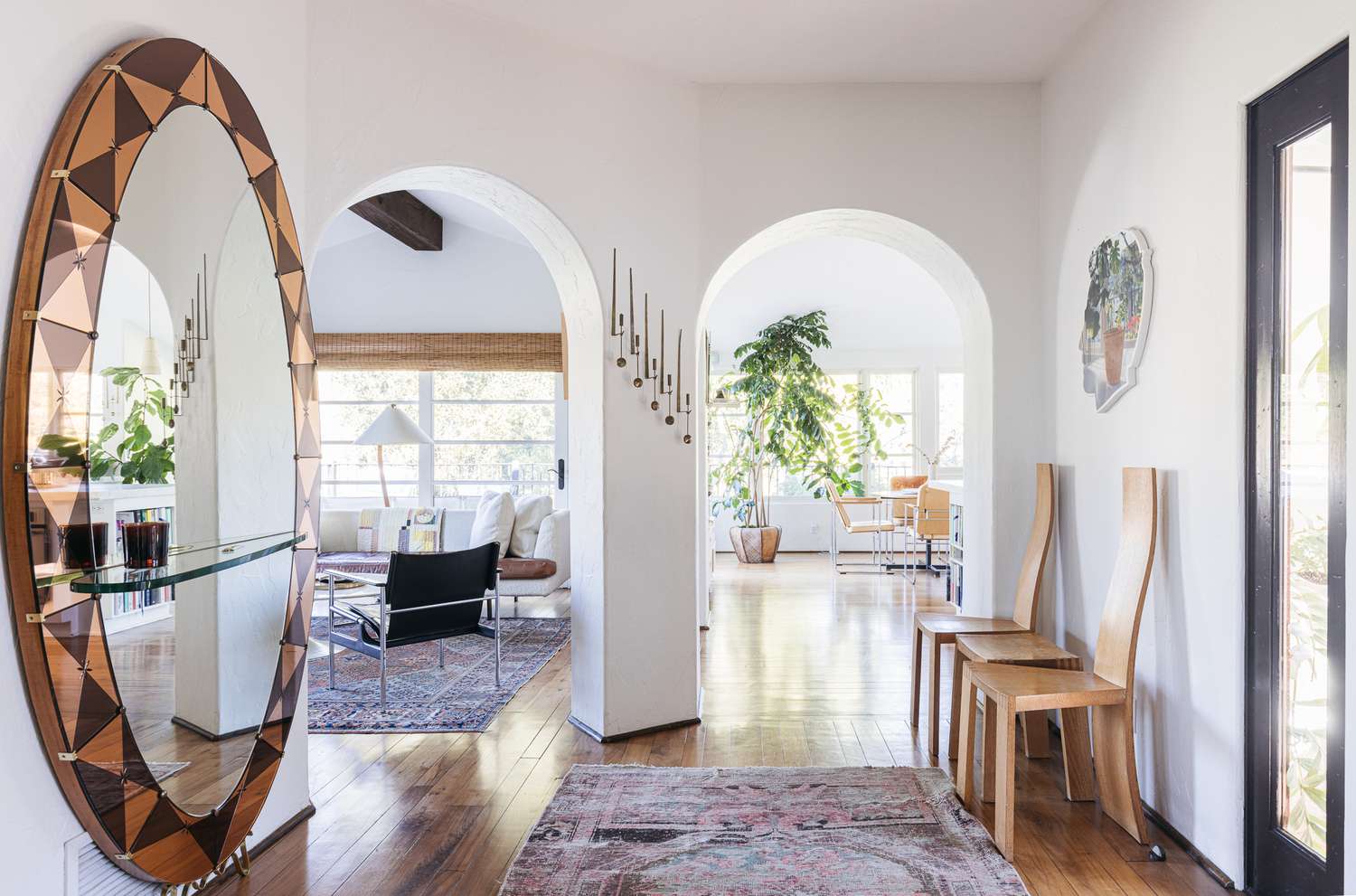
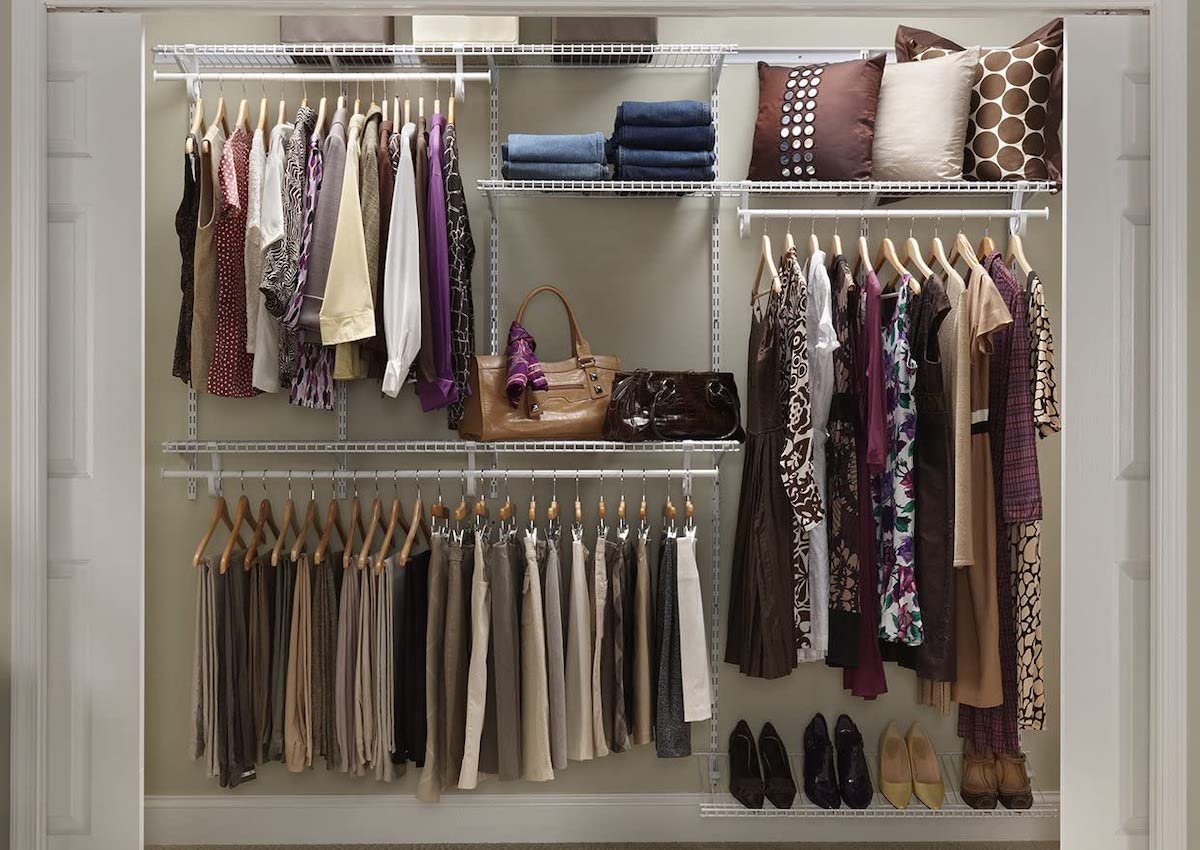
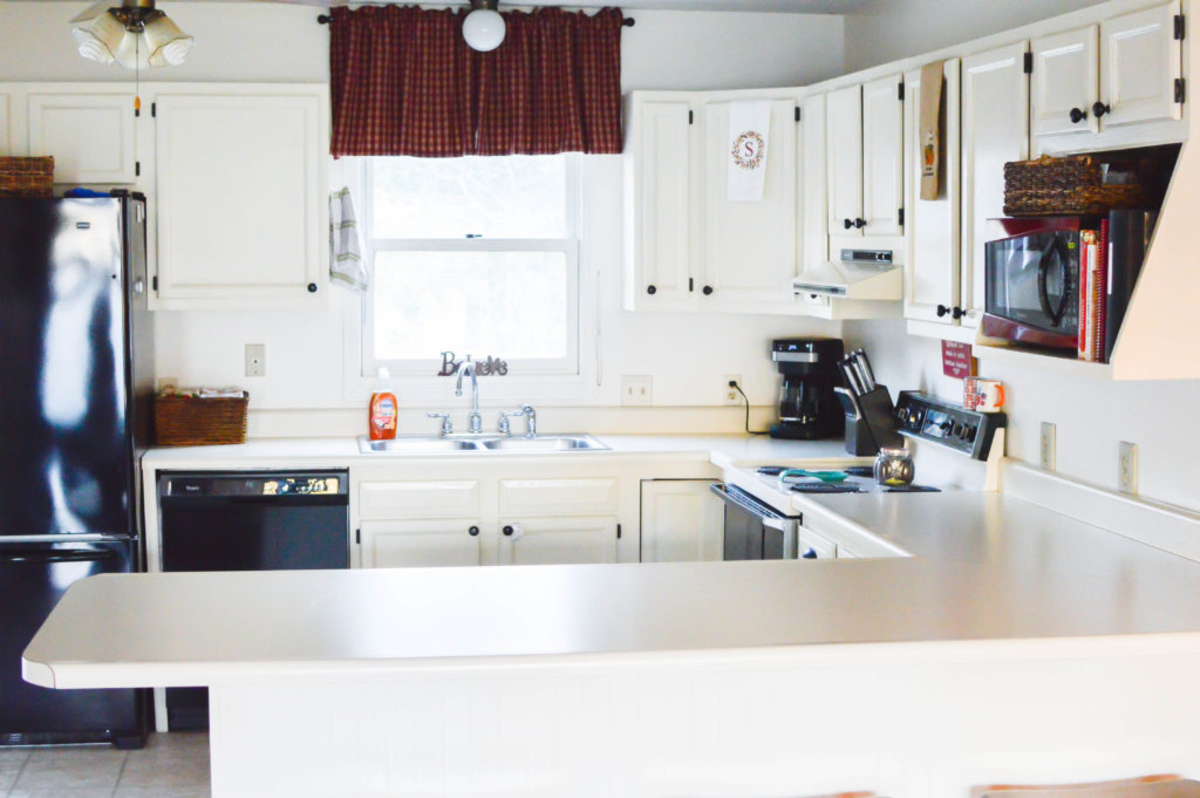

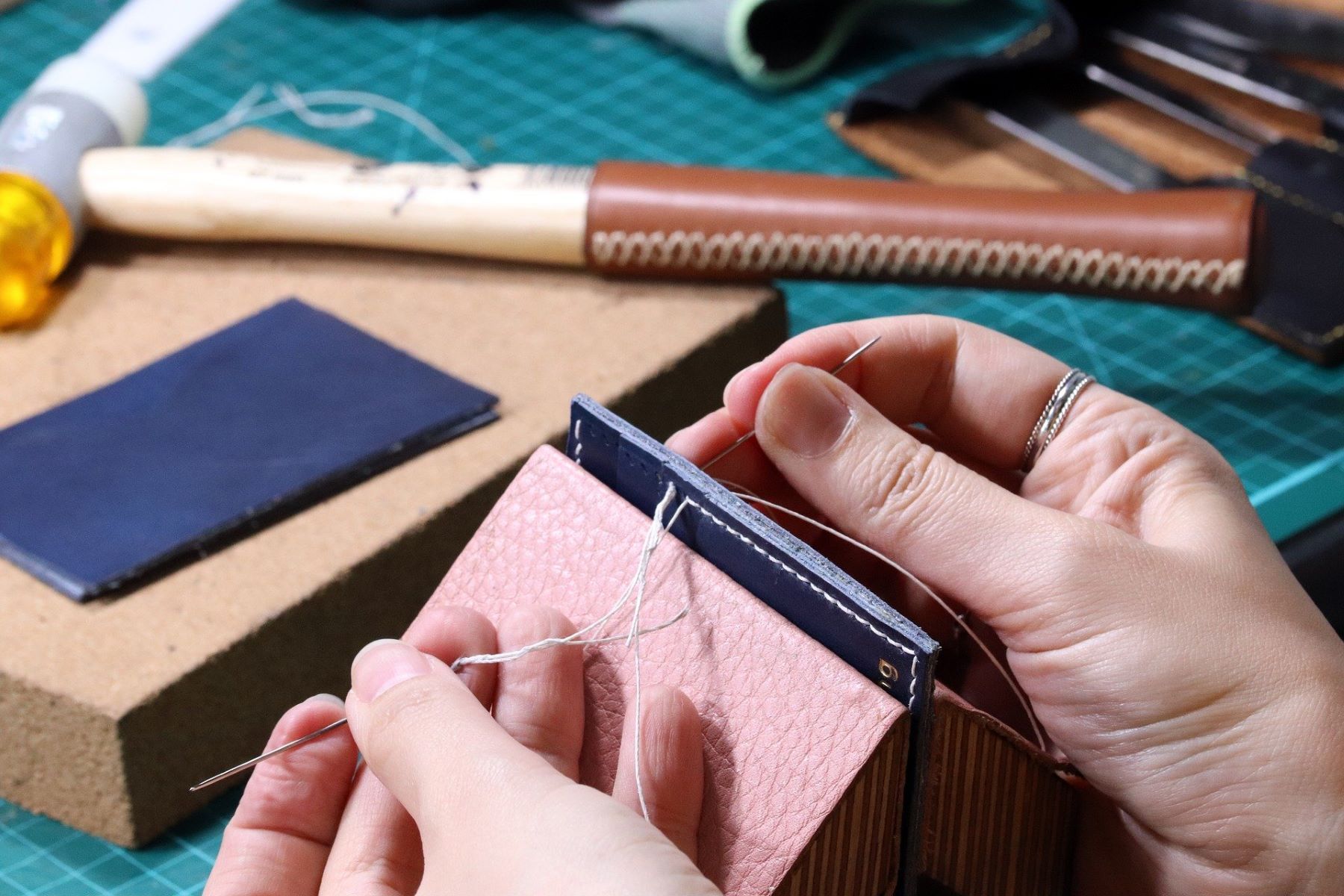


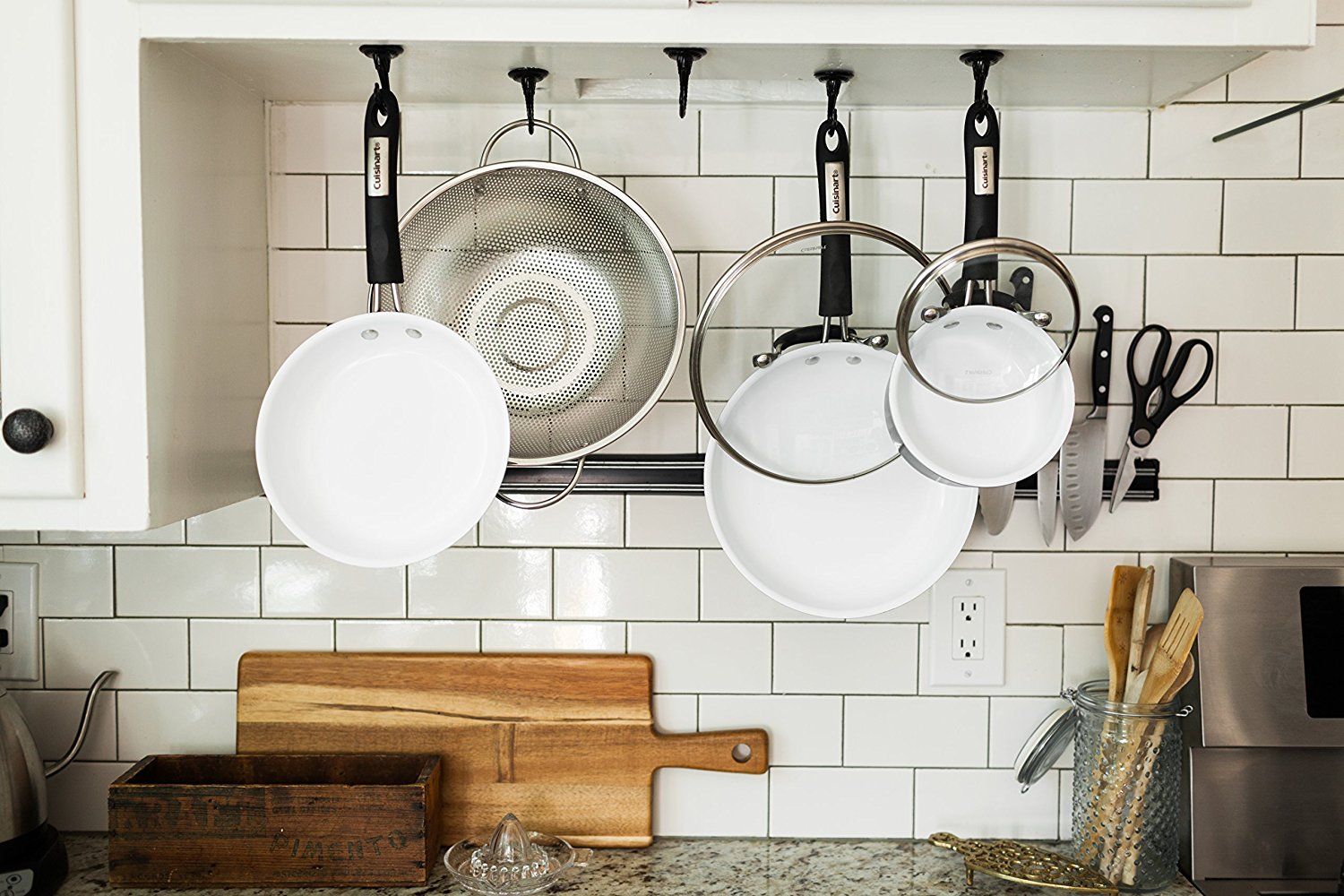
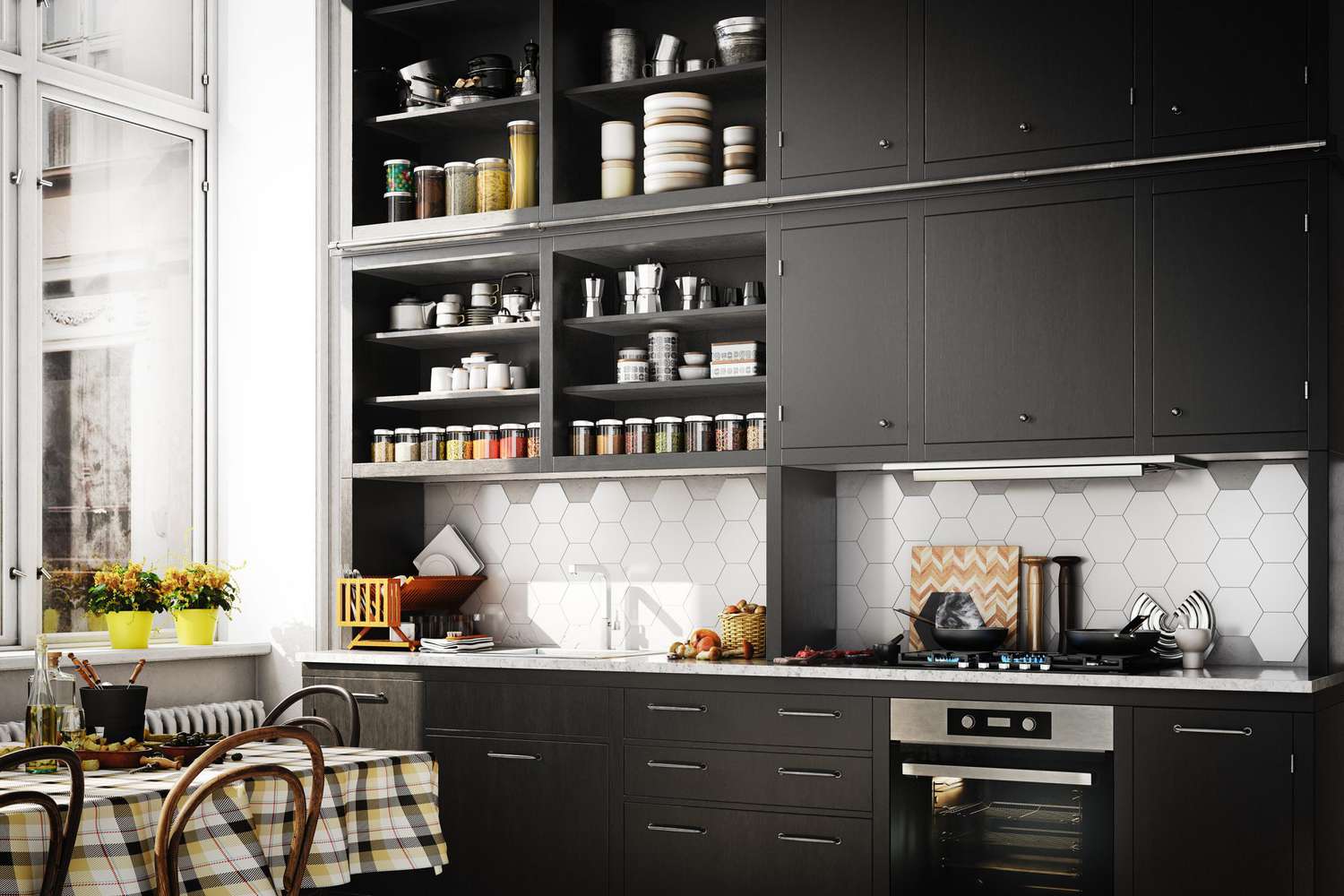
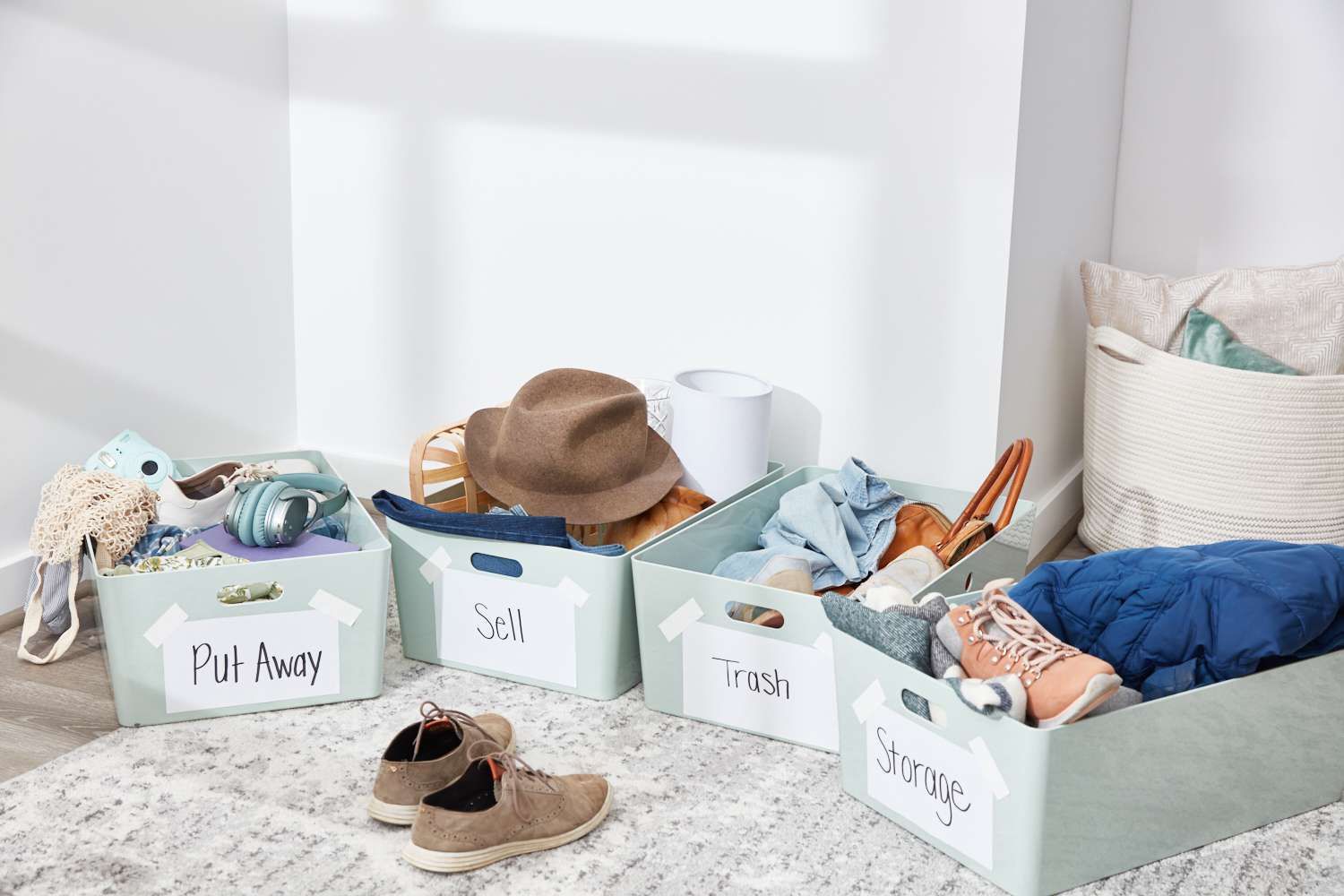

0 thoughts on “Where To Start When Decluttering, According To Organizers”